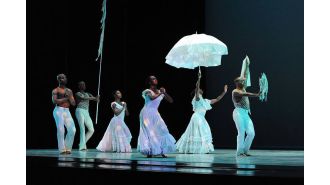Strategy games and choices
A friend of mine spent many years going deep into game design. During this time, he played hundreds of board games and emerged with a simple framework for what constitutes a strategy game.
A strategy game has choice. The more the choices, the more likely it is a strategy game.
By this definition, “Risk” isn’t a strategy game (he jokingly called these “non game games”). You’ve got few real choices to make. Instead, you rely on luck and some negotiation to win games. Snakes and Ladders is the poster child game of this category. Just roll the die and move on.
Monopoly, too, would be predominantly a game of luck vs. skill.
Settlers of Catan, on the other hand, is an example of a strategy game as there are many resource allocation choices to be made.
It’s been over a decade since I had this conversation. But it clearly resonated. As our kids have gotten older, we’ve slowly been adding a few games to our collection. And his framework has helped us make decisions.
Two lessons from this experience –
(1) Strategy is making decisions that involve trade-offs. That’s why choices in games are a marker of the strategic thinking required.
(2) Simple frameworks go a long way in helping us make better decisions as they help us better appreciate the trade-offs.






